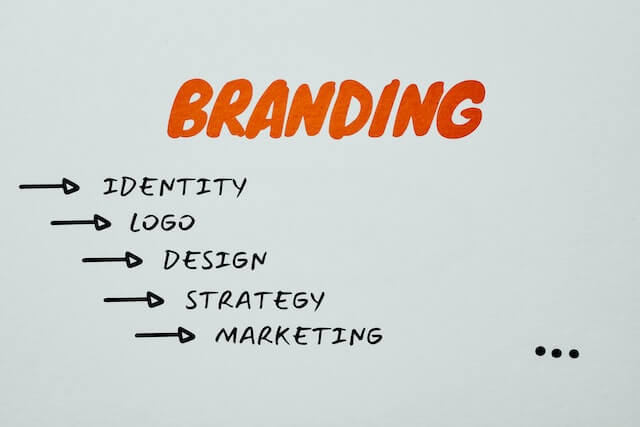In a constantly evolving and competitive business landscape, branding has become more crucial than ever. A strong brand identity not only distinguishes a company from its competitors but also forms an emotional connection with consumers. To stay relevant and capture the attention of today’s consumers, businesses need to adapt to the latest trends in branding. Exploring some of the recent trends that have been shaping the branding world.

1. Authenticity and Purpose
Consumers today are more discerning than ever before. They seek brands that are authentic, transparent, and have a clear sense of purpose. Recent trends in branding emphasize the importance of showcasing the human side of a brand, sharing stories that resonate with customers, and highlighting the company’s commitment to social and environmental causes. Brands that demonstrate genuine values and authenticity build stronger connections with their audience, leading to increased loyalty and advocacy.
2. Personalization and User Experience
Personalization has become a key aspect of modern branding. Customers expect tailored experiences that cater to their preferences and needs. Brands are leveraging data-driven insights to create personalized marketing messages, products, and services. From targeted email campaigns to customized product recommendations, personalization enhances the user experience, increases engagement, and fosters brand loyalty.
3. Interactive Branding and Experiential Marketing
Traditional one-way communication is being replaced by interactive branding experiences. Experiential marketing allows consumers to engage with a brand actively. This can be through interactive installations, immersive events, or gamified experiences. Such initiatives create lasting impressions, encourage social sharing, and amplify brand awareness through word-of-mouth marketing.
4. Minimalism and Simplification
In a cluttered digital landscape, simplicity stands out. Minimalist branding is gaining popularity, with companies adopting clean, uncomplicated designs, and streamlined messaging. Brands are focusing on core values, removing unnecessary elements, and embracing negative space to create a more impactful and memorable visual identity.


5. Inclusivity and Diversity
Brands are increasingly recognizing the importance of inclusivity and diversity in their messaging and campaigns. Consumers want to see themselves represented in the brands they support. Companies that embrace diversity not only foster a positive brand image but also appeal to a broader and more varied audience.
6. Digital and Social Media Storytelling
Social media has become a powerful platform for storytelling. Brands are leveraging various social media channels to share compelling narratives, behind-the-scenes glimpses, and user-generated content. Storytelling humanizes the brand and resonates with customers on an emotional level, fostering a sense of community and brand loyalty.
7. Brand Partnerships and Collaborations
Collaborative branding initiatives are on the rise, as they offer mutual benefits to both parties involved. Brands are joining forces with influencers, other brands, or even non-profit organizations to create unique and impactful campaigns. These partnerships help in expanding the brand’s reach, tapping into new audiences, and creating exciting experiences for customers.
In the fast-paced world of branding, staying ahead of the curve is essential for businesses looking to succeed and thrive. The recent trends in branding focus on connecting with consumers on a deeper level through authenticity, personalization, and storytelling. Brands that embrace inclusivity, simplicity, and experiential marketing can create lasting impressions and build strong relationships with their target audience. By adapting to these trends, businesses can carve a distinct identity in the market and secure a competitive advantage in an ever-changing landscape. Remember, the key to successful branding lies in understanding your audience, staying true to your values, and continuously evolving to meet their expectations.



